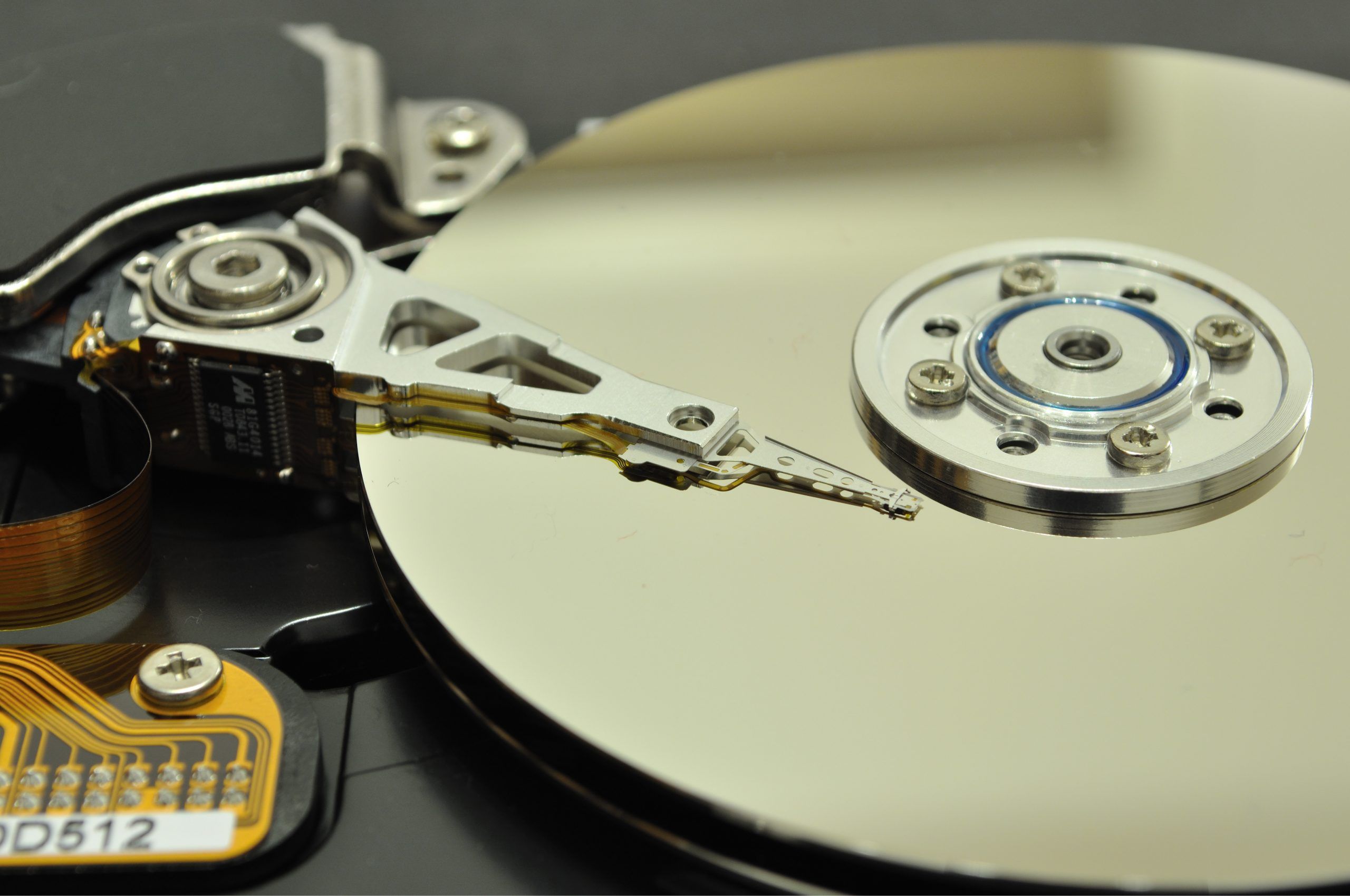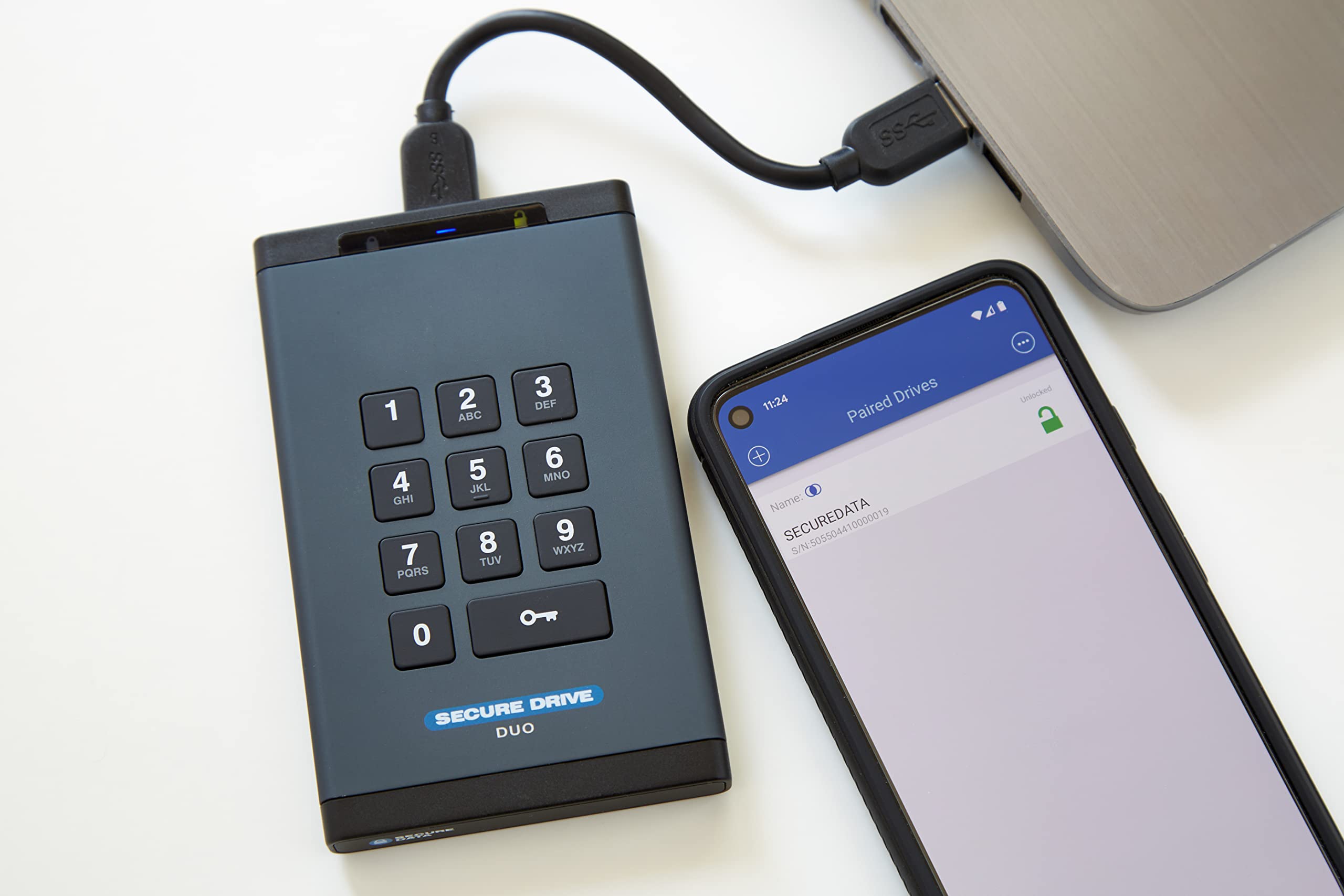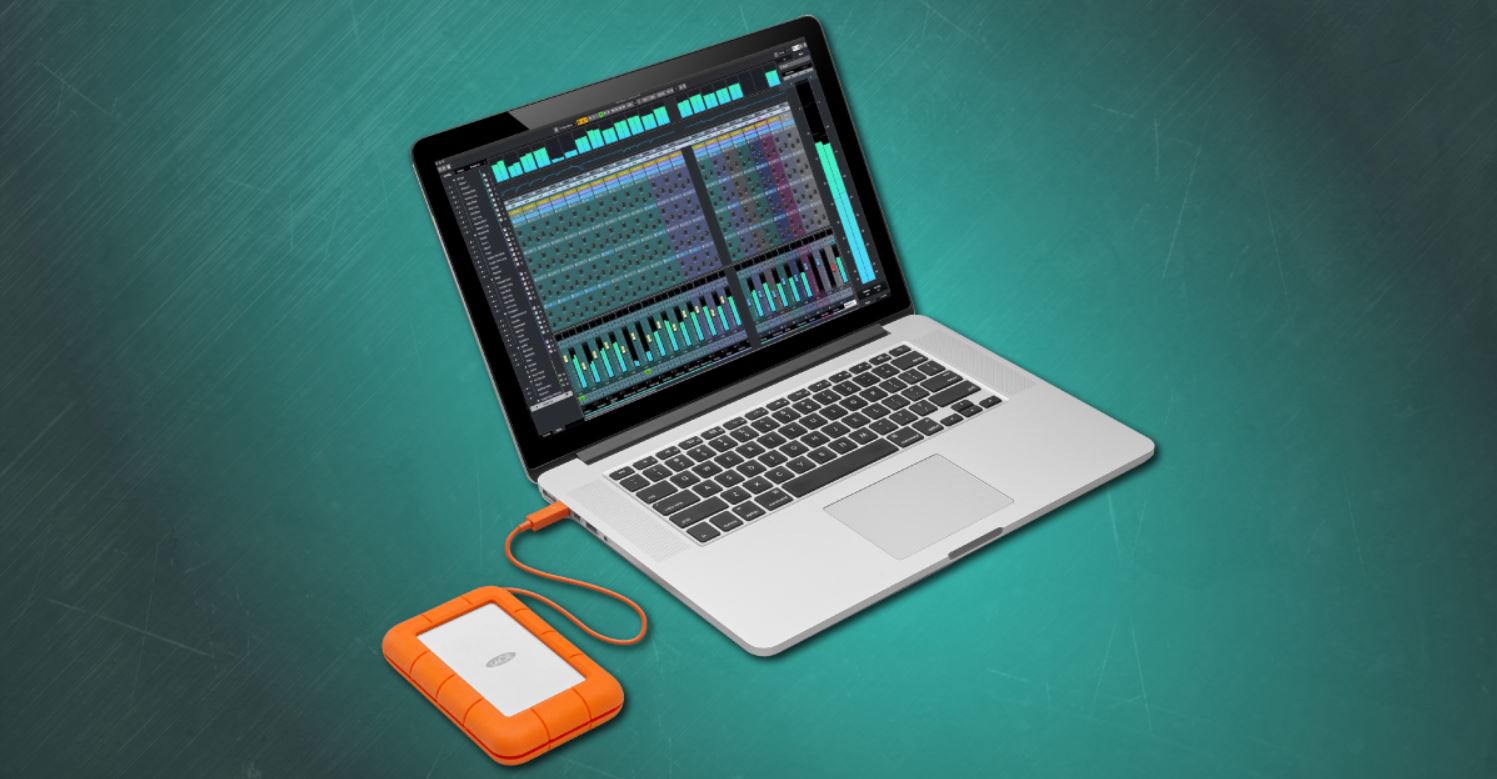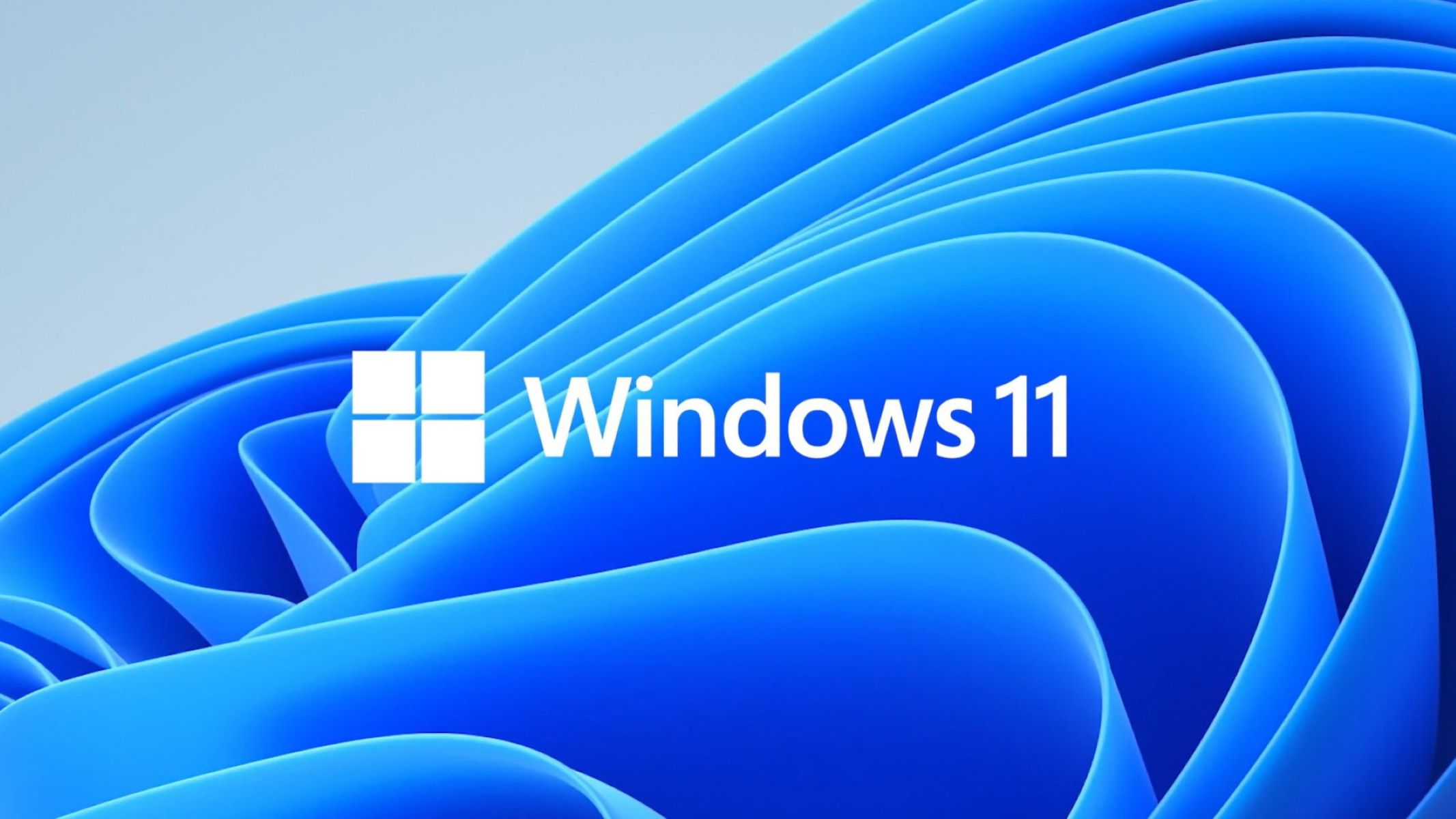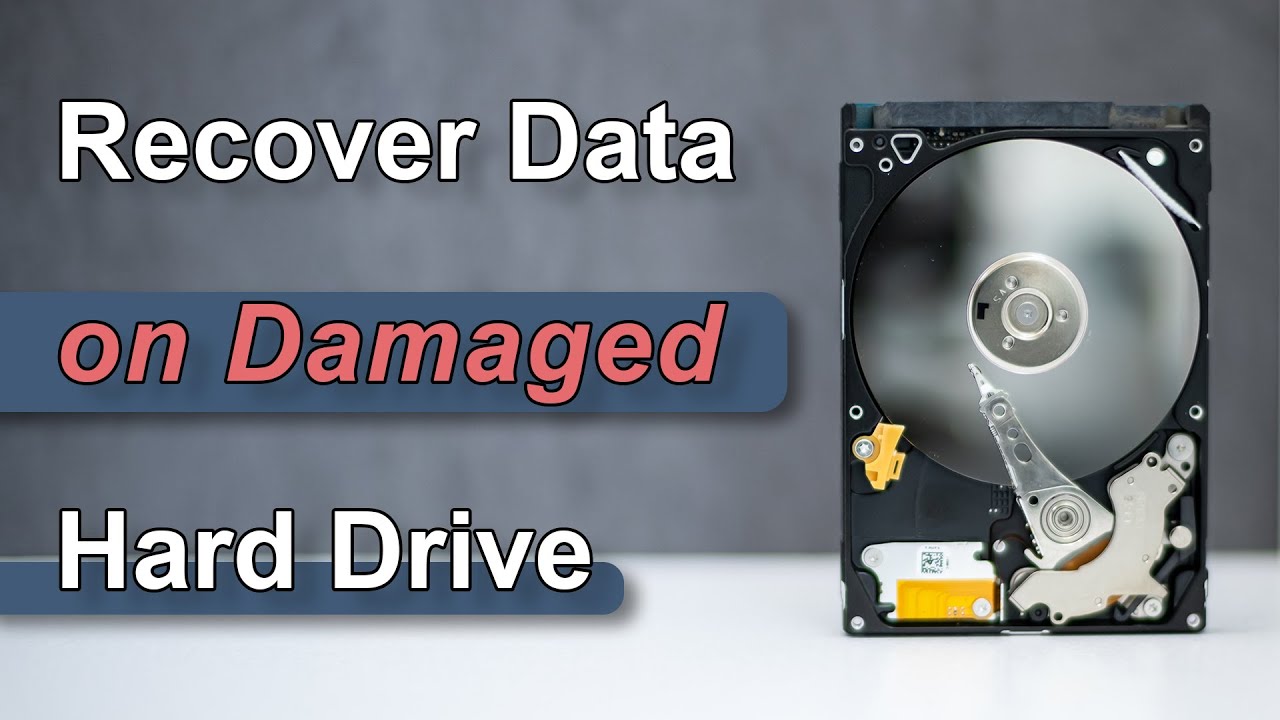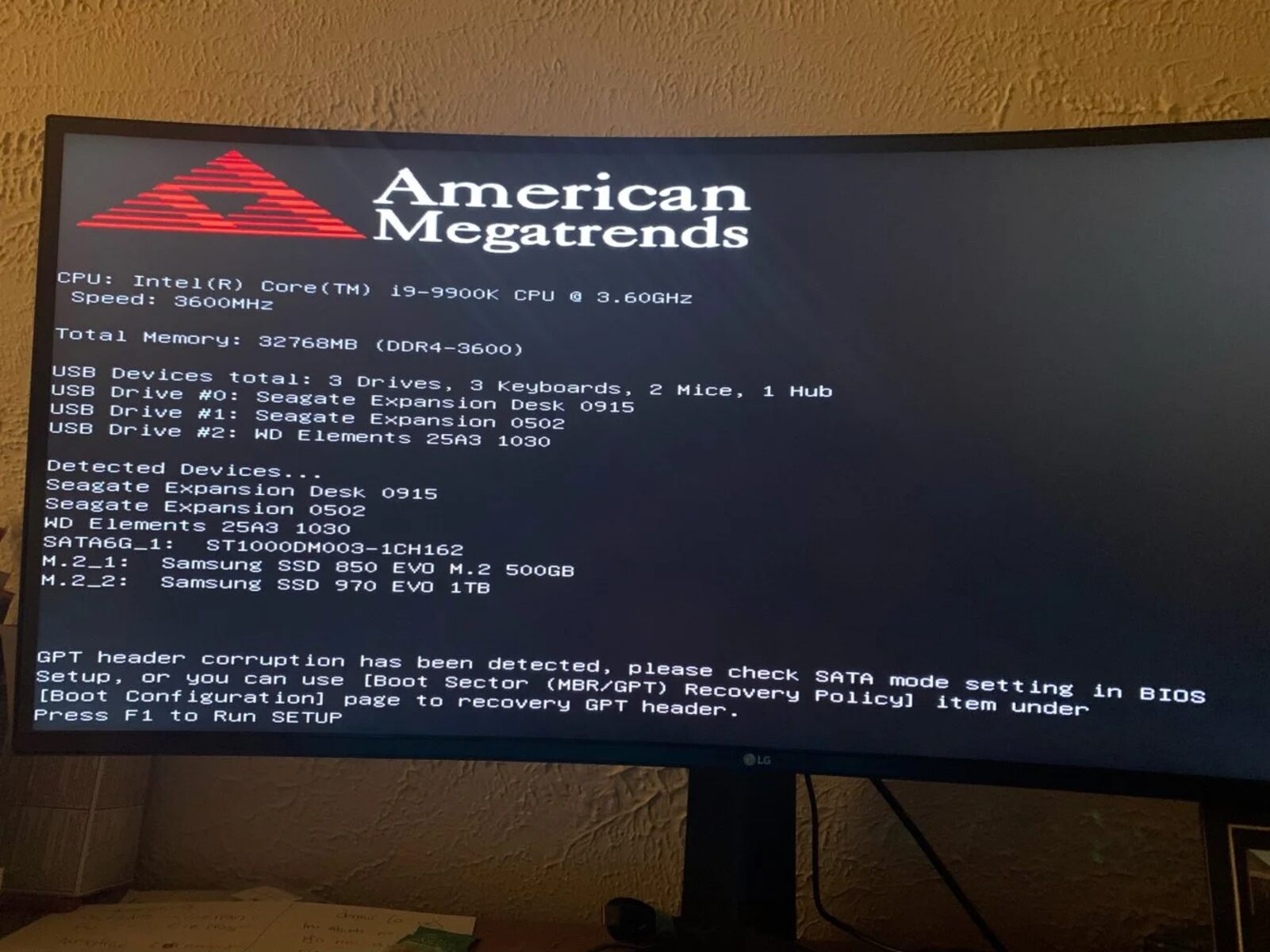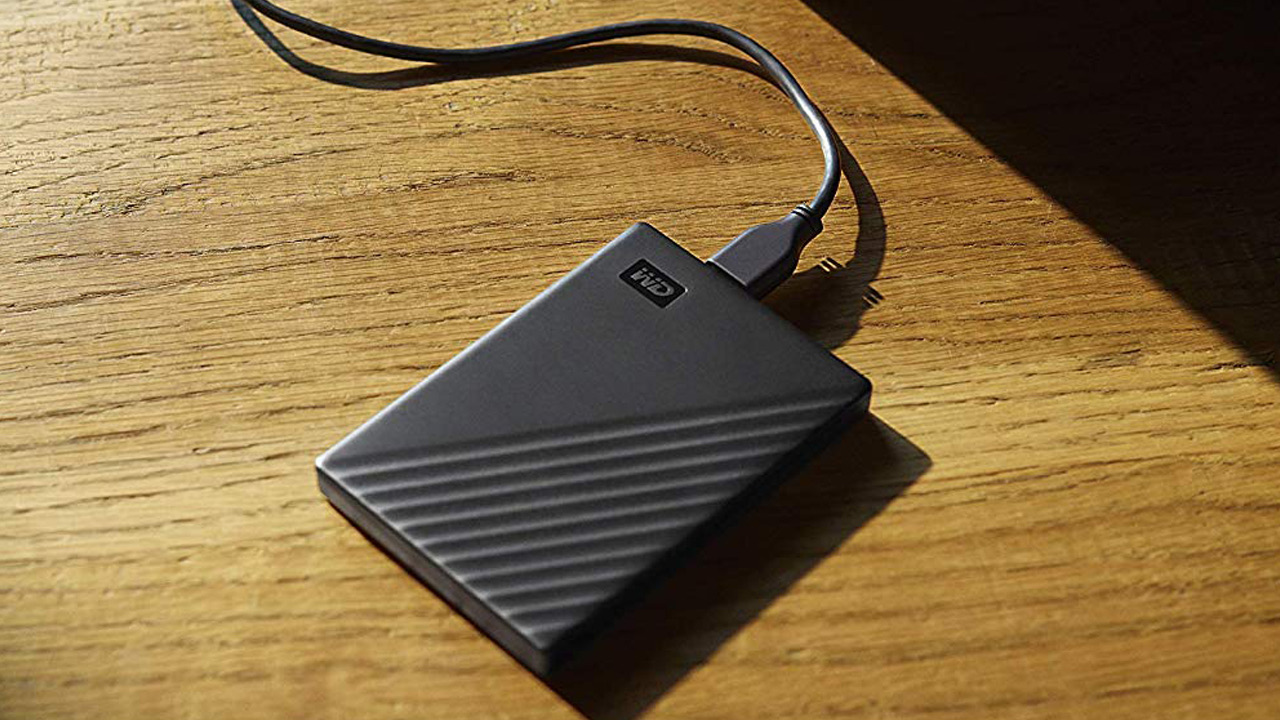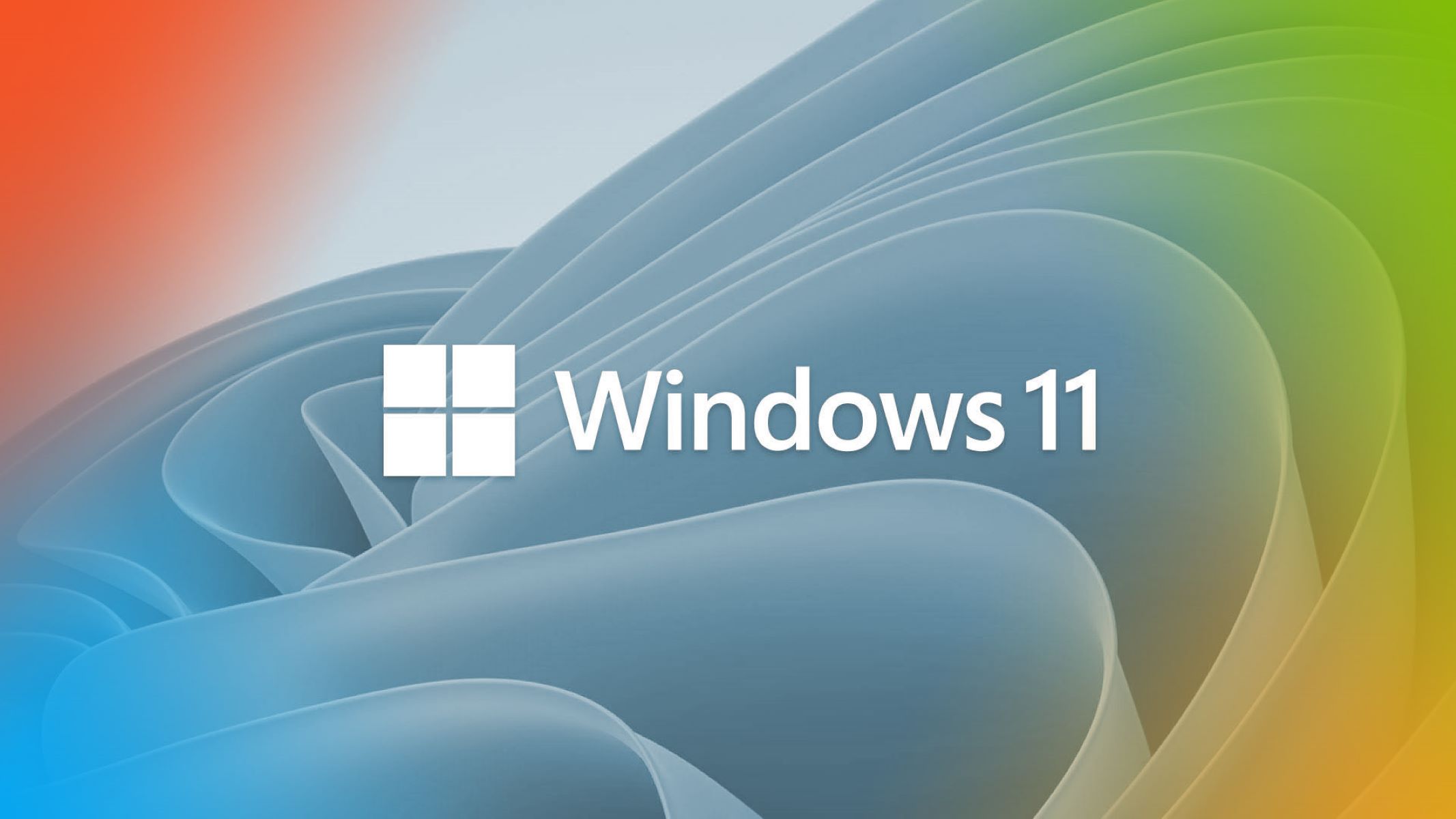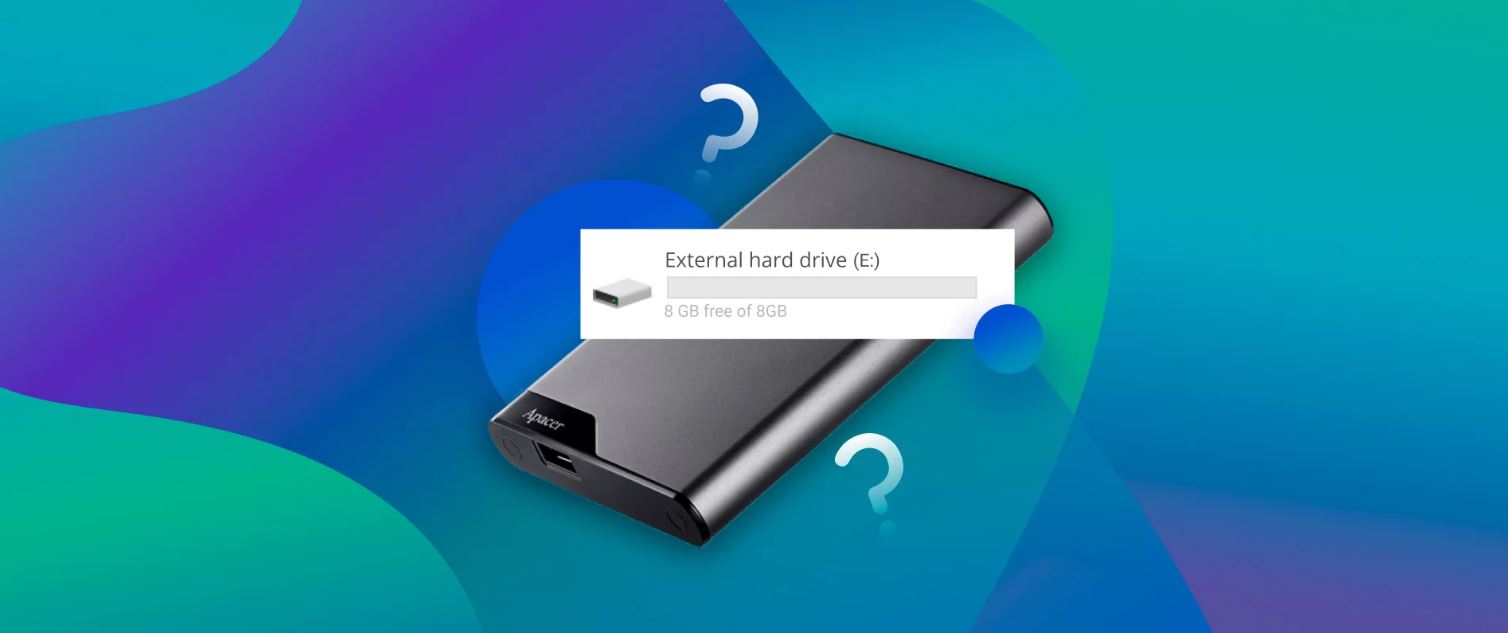Introduction
Hard disk drives (HDDs) are an essential component of any computer system, responsible for storing and retrieving data. They play a vital role in the performance and functionality of your device. However, there are times when your hard drive may become unresponsive, displaying the frustrating message of being “frozen.” In this article, we will explore the reasons behind a frozen HDD and provide troubleshooting steps to resolve the issue.
Understanding how a hard disk drive works is crucial in diagnosing and fixing problems that cause it to become frozen. By familiarizing yourself with the inner workings of an HDD, you can effectively troubleshoot and resolve any issues that may arise. So, let’s delve into the core function of a hard disk drive.
*Please note that throughout this article, the term “hard drive” and “hard disk drive” will be used interchangeably to refer to the same storage device.*
What is a hard disk drive (HDD)?
A hard disk drive (HDD) is a primary storage device used in computers and other electronic devices to store and access digital information. It consists of one or more rotating magnetic disks, also known as platters, which are coated with a magnetic material.
The data on the hard drive is stored in the form of binary code, represented by microscopic magnetic particles on the platters. These particles are arranged in concentric circles called tracks, which are further divided into sectors. Each sector can hold a fixed amount of data.
A read/write head, also known as an actuator arm, moves above the rotating platters to read or write data. It uses magnetic fields to change the polarity of the particles, representing either a 0 or a 1 in binary code. The read/write head is connected to an actuator, which positions it in the correct position to access the desired data.
HDDs are capable of storing large amounts of data, ranging from a few gigabytes to several terabytes, depending on the capacity of the drive. They are widely used in personal computers, laptops, servers, gaming consoles, and other devices requiring non-volatile storage.
One of the key advantages of hard disk drives is their relatively low cost per storage capacity compared to other storage technologies. This makes them a popular choice for users who require large storage capacities at an affordable price.
However, despite their advantages, HDDs are mechanical devices and are subject to wear and tear over time. This can lead to various issues, including the dreaded “frozen” status that prevents you from accessing your data. In the next section, we will explore the common causes behind a frozen hard drive and how to troubleshoot the issue.
How does an HDD work?
To understand why a hard disk drive (HDD) can become frozen, it’s important to have a basic understanding of how it works. When you interact with your computer, whether it’s opening a document or launching an application, the HDD plays a crucial role in retrieving the required data.
When you send a command to access a specific file, the computer’s operating system instructs the read/write head of the HDD to move to the corresponding track on the spinning platter. The read/write head then aligns itself with the appropriate sector of the track to read or write the data.
As the platter spins at a high speed, the read/write head hovers above it, sensing and manipulating the magnetic charges of the particles on the surface. When reading data, the read/write head detects the changes in magnetic polarity and converts them into electrical signals that can be interpreted by the computer. Similarly, when writing data, the read/write head applies specific magnetic charges to the particles to store the information.
The read/write process involves various components working together to ensure efficient data retrieval. The platter speed, which is measured in revolutions per minute (RPM), affects the speed at which data can be accessed. Higher RPM usually results in faster data transfer rates.
Additionally, the buffer or cache, located on the HDD, plays a crucial role in optimizing read and write operations. It temporarily stores frequently accessed data, allowing for quicker retrieval. The cache acts as a buffer between the computer’s memory and the HDD, enhancing performance and reducing latency.
It’s worth noting that HDDs have physical limitations and can experience mechanical failures over time. Factors such as dust, heat, physical shocks, and aging can impact the HDD’s performance and eventually lead to issues, including a frozen state.
Now that we have a better understanding of how hard disk drives work, let’s explore the common issues that can cause your HDD to become frozen and unresponsive.
Common issues with HDDs
While hard disk drives (HDDs) are reliable storage devices, they can encounter various issues that can cause them to become unresponsive or “frozen.” Understanding these common issues can help you troubleshoot and resolve the problem effectively.
1. Mechanical failures: HDDs consist of moving parts, such as the spinning platters and the read/write head. Over time, mechanical failures can occur, leading to a frozen state. This can be caused by physical shocks, wear and tear, or manufacturing defects.
2. File system corruption: The file system manages how data is organized and stored on the hard drive. If the file system becomes corrupted due to a sudden power outage, software errors, or improper shutdown, it can result in a frozen HDD. In such cases, the computer may not be able to read or write data properly.
3. Bad sectors: Bad sectors are areas on the hard drive that are damaged or no longer function correctly. They can be caused by physical damage, aging, or manufacturing defects. When the read/write head reaches a bad sector, it may get stuck, leading to a frozen HDD.
4. Faulty connections: Loose or damaged cables connecting the hard drive to the motherboard can lead to communication issues. If the computer is unable to establish a proper connection with the HDD, it may appear frozen or unresponsive.
5. Outdated or faulty drivers: Drivers are software components that enable the computer to communicate with hardware devices, including the hard drive. Outdated or faulty HDD drivers can lead to compatibility issues, resulting in a frozen state.
6. Overheating: Excessive heat can damage the components of the hard drive, causing it to malfunction. If the HDD reaches high temperatures due to poor ventilation or prolonged usage, it may become unresponsive or freeze.
7. Virus or malware infections: Malicious software can corrupt files, interfere with system processes, and cause the hard drive to become unresponsive. Certain types of malware can specifically target the HDD, leading to a frozen state.
By understanding these common issues, you can better troubleshoot and diagnose the cause of a frozen HDD. In the next section, we will delve into the potential reasons behind your hard drive reading as frozen.
Why is my hard drive reading frozen?
Experiencing a frozen hard drive can be a frustrating situation. There are several reasons why your hard drive may appear to be frozen, preventing you from accessing your data. Let’s explore some of the potential causes:
1. Hardware issues: Faulty hardware components, such as a defective read/write head, malfunctioning motor, or damaged platters, can cause your hard drive to freeze. These hardware failures can disrupt the normal operation of the hard drive and make it unresponsive.
2. Software conflicts: Certain software conflicts or compatibility issues can lead to a frozen hard drive. For example, an outdated or incompatible device driver may not communicate properly with the hard drive, causing it to become unresponsive.
3. Corrupted file system: If the file system on your hard drive becomes corrupted due to software errors, sudden power outages, or improper shutdowns, it can cause your hard drive to freeze. The corrupted file system may prevent the computer from accessing or writing data to the drive.
4. Bad sectors: Bad sectors are areas on the hard drive that are damaged or no longer function correctly. When the read/write head of the hard drive encounters a bad sector, it may get stuck while trying to read or write data, causing the hard drive to freeze.
5. Overheating: Excessive heat can lead to a frozen hard drive. If the hard drive’s temperature exceeds its operating limits, it may stop functioning properly, resulting in a frozen state. This can occur due to poor ventilation or prolonged usage without proper cooling.
6. Virus or malware infections: Malicious software can infect your computer and specifically target the hard drive, causing it to freeze. Viruses or malware can corrupt files, interfere with the normal functioning of the hard drive, and disrupt data access.
7. Insufficient power supply: Inadequate power supply to the hard drive can cause it to freeze. If the power supply is unstable or insufficient, the hard drive may not receive enough power to operate correctly, resulting in a frozen state.
Understanding the potential reasons behind a frozen hard drive can help you troubleshoot and resolve the issue effectively. In the next section, we will discuss various troubleshooting steps to help you fix a frozen hard drive and regain access to your data.
Reasons for a frozen HDD
A frozen hard disk drive (HDD) can occur due to various reasons, resulting in an unresponsive state. Understanding these reasons can help you identify and address the underlying issue. Here are some common reasons for a frozen HDD:
1. Hardware Failure: One of the most common reasons for a frozen HDD is hardware failure. Components like the read/write head, motor, or platters can malfunction or become damaged over time, causing the HDD to freeze. Mechanical failures can disrupt the normal operation of the HDD and render it unresponsive.
2. Software Conflicts: Conflicts between software components can also lead to a frozen HDD. Outdated or incompatible device drivers, software bugs, or conflicting programs can interfere with the communication between the operating system and the HDD, causing it to become unresponsive.
3. Corrupted File System: A corrupted file system can prevent the HDD from functioning properly, leading to a frozen state. This can occur due to improper shutdowns, power outages, or software errors. When the file system is corrupted, the computer may have difficulty accessing or writing data to the HDD.
4. Bad Sectors: Bad sectors are areas on the HDD that are damaged or cannot effectively store data. When the read/write head encounters a bad sector, it may get stuck while attempting to read or write data, resulting in a frozen HDD. Bad sectors can be caused by physical damage, aging, or manufacturing defects.
5. Overheating: Excessive heat is another reason for a frozen HDD. When the HDD overheats, it can lead to malfunctions and cause it to become unresponsive. Poor ventilation, prolonged usage without proper cooling, or dust buildup can contribute to the overheating of the HDD.
6. Virus or Malware Infections: Viruses or malware can infect and corrupt files on the HDD, causing it to freeze. These malicious programs can disrupt the normal functioning of the HDD and interfere with data access. Some sophisticated malware can specifically target the HDD, rendering it unresponsive.
7. Insufficient Power Supply: Inadequate power supply to the HDD can result in a frozen state. If the power supply is unstable or insufficient, the HDD may not receive enough power to operate correctly. This can cause the HDD to become unresponsive or fail to boot up.
By understanding the reasons behind a frozen HDD, you can determine the appropriate troubleshooting steps to resolve the issue. In the next section, we will discuss various methods to troubleshoot and fix a frozen HDD.
How to troubleshoot a frozen HDD
Dealing with a frozen hard disk drive (HDD) can be frustrating, but there are several troubleshooting steps you can take to resolve the issue. Here are some methods to help you troubleshoot and fix a frozen HDD:
1. Rebooting the computer: Start by performing a simple reboot of your computer. Sometimes, a temporary glitch or software conflict can cause the HDD to freeze. Restarting the computer can help refresh the system and resolve minor issues that may be causing the problem.
2. Checking for loose connections: Ensure that all cables connecting the HDD to the motherboard or power supply are securely connected. Loose or damaged cables can disrupt the connection and result in a frozen HDD. If necessary, reseat the cables and check if the problem persists.
3. Running a disk scan: Use the built-in disk checking tools provided by your operating system to scan and repair any issues with the HDD. These tools can help identify and fix file system errors, bad sectors, and other common problems that may be causing the HDD to become unresponsive.
4. Updating the HDD drivers: Outdated or faulty HDD drivers can cause compatibility issues and result in a frozen state. Visit the manufacturer’s website and download the latest drivers for your specific HDD model. Install the updated drivers and see if it resolves the problem.
5. Checking for bad sectors: Bad sectors on the HDD can cause it to freeze. Use disk diagnostic tools to identify and mark any bad sectors. Some tools may also attempt to recover data from the affected sectors. If there are a significant number of bad sectors, it may be necessary to replace the HDD.
6. Repairing the HDD: In some cases, the HDD itself may have errors that need to be fixed. Professional data recovery or disk repair services can help identify and repair issues with the HDD. However, be aware that these services can be costly, and there is no guarantee that all data will be recoverable.
7. Backup and replace the HDD: If all troubleshooting steps prove unsuccessful and you have important data on the HDD, it’s crucial to back up your data as soon as possible. Consider replacing the frozen HDD with a new one and restore your data from the backup.
When troubleshooting a frozen HDD, it is important to remember that depending on the severity of the issue, some data loss may occur. Regular backups of your important files can help mitigate the impact of a frozen HDD and ensure that your data is safe.
If none of the above methods solve the problem, it may be best to consult a professional technician or contact the HDD manufacturer for further assistance. They can provide more specific guidance based on the make and model of your HDD.
Rebooting the computer
One of the simplest yet effective troubleshooting steps for a frozen hard disk drive (HDD) is to reboot your computer. Sometimes, a temporary glitch or software conflict can cause the HDD to freeze, and a reboot can help resolve the issue. Here’s how you can reboot your computer to troubleshoot a frozen HDD:
1. Save your work: If possible, save any unsaved work or close any open applications before proceeding with the reboot to prevent data loss.
2. Shut down the computer: Click on the “Start” menu or press the Windows key and select “Shut Down” or “Restart.” Alternatively, you can press and hold the power button on your computer until it turns off. Make sure to follow the appropriate steps to shut down your computer safely.
3. Wait for a few seconds: After the computer shuts down, wait for a few seconds to let all components fully power off. This allows any temporary issues to resolve and ensures a clean start during the reboot.
4. Turn on the computer: Press the power button to turn on your computer. Allow the system to boot up normally. Depending on your computer’s speed and configuration, it may take a few moments for the operating system to load.
5. Check the HDD: Once the computer has restarted, check if the HDD is now functioning properly. Try accessing your files or performing any tasks that were previously causing the HDD to freeze. If the HDD is still unresponsive, proceed to other troubleshooting methods.
Rebooting the computer is a simple yet effective step that can resolve many minor software-related issues causing a frozen HDD. It refreshes the system, closes any problematic applications or processes, and restores the typical functionality of the HDD. In most cases, a reboot is enough to get the HDD back to its normal working state.
However, if the HDD continues to freeze after multiple reboots, it may indicate a more significant underlying problem. In such cases, it’s important to proceed with further troubleshooting steps or seek assistance from a professional technician.
Checking for loose connections
When encountering a frozen hard disk drive (HDD), one possible cause could be loose or damaged connections between the HDD and the motherboard or power supply. Checking and ensuring that all connections are secure is an essential troubleshooting step. Here’s how you can check for loose connections:
1. Power off the computer: Before inspecting the connections, make sure to power off the computer. This step prevents any potential damage and ensures your safety during the troubleshooting process.
2. Open the computer case: If you have a desktop computer, remove the side panel of the computer case to gain access to the internal components. If you are uncertain about this step, consult the computer’s user manual or seek assistance from a professional.
3. Locate the HDD: Identify the hard disk drive inside the computer case. It is usually a rectangular-shaped device that is connected to the motherboard with data and power cables.
4. Inspect the connections: Carefully examine the connections between the HDD and the motherboard. Ensure that the data cable (often a flat ribbon cable or SATA cable) is securely plugged into both the motherboard and the HDD. Also, check the power cable connection to ensure it is firmly attached to the HDD.
5. Re-seat the connections: If you find any loose connections, gently push them back into place. Make sure the connectors are properly aligned and fully inserted. Take care not to force the connections as excessive pressure can cause damage.
6. Check other connections: While inspecting the HDD connections, it’s also a good idea to check other connections inside the computer, such as the power supply cables and any additional data cables. Ensure all connections are secure and properly seated.
7. Close the computer case: After confirming that all connections are secure, carefully replace the side panel of the computer case and secure it in place. Ensure that the case is properly closed before proceeding to power on the computer.
8. Power on and test the HDD: Once you have closed the computer case, power on the computer and observe the HDD. Check if the HDD is functioning properly and if the freezing issue persists. Try accessing your files or performing tasks that were previously causing the HDD to freeze.
Checking for loose connections is a crucial step in troubleshooting a frozen HDD. Loose or damaged connections can disrupt the flow of data and power to the HDD, leading to a frozen state. By ensuring all connections are secure, you eliminate one potential cause of the problem.
If the HDD continues to freeze even after confirming secure connections, proceed with other troubleshooting methods to identify and resolve the underlying issue.
Running a disk scan
When dealing with a frozen hard disk drive (HDD), running a disk scan can help identify and resolve any issues that might be causing the problem. This process checks for errors in the file system, verifies the integrity of the data stored on the HDD, and attempts to repair any detected problems. Here’s how you can run a disk scan to troubleshoot a frozen HDD:
1. Open File Explorer or This PC: Navigate to the “File Explorer” or “This PC” window on your computer. You can usually find these options in the taskbar or the Start menu.
2. Locate the frozen HDD: In the File Explorer or This PC window, you should see a list of connected drives and devices. Locate the frozen HDD that you want to scan for errors.
3. Right-click on the HDD: Once you’ve located the frozen HDD, right-click on it to open the context menu. From the menu, select “Properties” to open the Properties window for the HDD.
4. Navigate to the Tools tab: In the Properties window, navigate to the “Tools” tab. This tab contains various tools and options for managing the HDD, including the disk scanning feature.
5. Click on “Check” or “Check Now”: Look for a button or option that says “Check” or “Check Now” under the Error Checking section. Clicking on this option will initiate a disk scan on the selected HDD.
6. Select scan options: Once you click on “Check” or “Check Now,” you may be presented with options to customize the disk scan. You can choose to automatically fix file system errors, scan for and attempt recovery of bad sectors, or both. Select the desired options based on your preferences and needs.
7. Start the disk scan: After selecting the scan options, click on “Start” or “Scan” to begin the disk scan process. The scan may take some time to complete, depending on the size of the HDD and the number of files stored on it.
8. Review the scan results: Once the disk scan is complete, you will receive a summary of the scan results. The scan may find and repair errors in the file system, identify and mark bad sectors, or report other issues that were detected on the HDD.
Running a disk scan can help identify and resolve file system errors and other problems that could be causing the HDD to freeze. By following these steps, you can initiate a disk scan and potentially resolve the issue.
If the HDD continues to freeze after running a disk scan, you may need to consider other troubleshooting methods to further diagnose and address the underlying problem.
Updating the HDD drivers
Updating the hard disk drive (HDD) drivers can help resolve compatibility issues and potential software conflicts that may be causing the HDD to freeze. Outdated or faulty drivers can interfere with the communication between the operating system and the HDD, resulting in a frozen state. Here’s how you can update the HDD drivers to troubleshoot the issue:
1. Identify the HDD model: First, you need to identify the model or brand of your HDD. You can usually find this information on the HDD itself or by checking the documentation or specifications of your computer or motherboard.
2. Visit the manufacturer’s website: Once you have identified the HDD model, visit the manufacturer’s official website. Most manufacturers provide driver downloads and support sections on their websites.
3. Navigate to the support section: Look for the support or downloads section of the manufacturer’s website. This section usually provides access to the latest drivers, firmware updates, and other software related to the HDD.
4. Search for the latest HDD drivers: In the support section, search for the latest HDD drivers available for your specific model. Ensure that you download the correct drivers that are compatible with your operating system.
5. Download the drivers: Once you have located the appropriate drivers, download them to your computer. Save the downloaded file in a location that you can easily access, such as the desktop or the “Downloads” folder.
6. Install the drivers: After the download is complete, locate the downloaded file and double-click on it to initiate the installation process. Follow the on-screen instructions to install the updated HDD drivers on your computer.
7. Restart the computer: After installing the updated drivers, restart your computer. This allows the changes to take effect and ensures that the new drivers are properly loaded during the system startup.
8. Test the HDD: Once the computer has restarted, check if the HDD freezing issue is resolved. Try accessing your files or performing tasks that were previously causing the HDD to freeze. If the HDD is now functioning properly, the updated drivers have likely resolved the compatibility or software conflict causing the freezing issue.
Updating the HDD drivers is an important step in troubleshooting a frozen HDD. By ensuring that you have the latest drivers installed, you can ensure compatibility and improve the communication between the operating system and the HDD, reducing the chances of a freeze.
If updating the HDD drivers does not resolve the issue, continue exploring other troubleshooting methods to diagnose and address the underlying problem.
Checking for bad sectors
Checking for bad sectors is an important step in troubleshooting a frozen hard disk drive (HDD). Bad sectors are areas on the HDD that are damaged or cannot store data effectively. When the read/write head encounters a bad sector, it may get stuck, causing the HDD to freeze. Here’s how you can check for bad sectors on your HDD:
1. Open the Command Prompt: On Windows, click on the “Start” menu and search for “Command Prompt.” Open the Command Prompt application.
2. Run the CHKDSK command: In the Command Prompt window, type the command “chkdsk [drive letter]: /f /r” and press Enter. Replace “[drive letter]” with the letter assigned to the HDD you want to check for bad sectors. For example, if the HDD is assigned the letter “D,” the command would be “chkdsk D: /f /r”. The “/f” parameter fixes errors while the “/r” parameter locates bad sectors and recovers readable information.
3. Confirm disk check: The Command Prompt will display a message stating that the disk check cannot be performed immediately and asking if you want to schedule it for the next system restart. Type “Y” for Yes and press Enter.
4. Restart the computer: Restart your computer to allow the disk check to run during the boot-up process. The disk check will analyze the HDD for bad sectors and attempt to recover readable information.
5. Monitor the progress: During the boot-up process, you will see a screen indicating that the disk check is running. It will display the progress and the estimated time remaining. Allow the disk check to complete its scanning and repair process.
6. Review the scan results: Once the disk check is complete, the Command Prompt will display a summary of the scan results. It will inform you if any bad sectors were found and fixed, as well as any other issues that were detected on the HDD.
Checking for bad sectors helps identify potential areas of the HDD that may be causing freezing issues. By running the CHKDSK command, you can locate and mark bad sectors, helping the HDD bypass those areas during normal operation and reducing the chances of freezing.
If a significant number of bad sectors are identified during the scan, it may indicate a more significant issue with the HDD. In such cases, it is advisable to back up your important data and consider replacing the HDD to prevent further problems.
Repairing the HDD
If other troubleshooting methods have been unsuccessful in resolving the freeze issue with your hard disk drive (HDD), it may be necessary to consider repairing the HDD itself. However, it’s important to note that repairing an HDD is a complex process and should only be attempted by experienced individuals or professionals. Here are some steps to consider if you decide to repair your HDD:
1. Assess the severity of the issue: Before attempting any repairs, evaluate the severity of the problem with your HDD. Determine if the issue is mechanical or software-related. Mechanical failures, such as damaged read/write heads or platters, typically require professional assistance, whereas some software issues may be resolved using specialized tools.
2. Backup your data: If possible, back up all important data stored on the HDD before attempting any repair. This will ensure that your data is safe in case further damage occurs during the repair process.
3. Consider professional assistance: For complex mechanical issues or if you are unsure about your technical skills, it is recommended to seek professional help. Professional data recovery services have specialized tools and expertise to diagnose and repair HDDs safely.
4. Software repair tools: If the issue seems software-related, there are specialized tools available that can attempt to repair common HDD problems. These tools can help repair corrupt file systems, recover data from bad sectors, or fix other software-related issues. Research and choose a reliable and reputable tool that suits your needs and follow the instructions provided.
5. Handle with care: If you plan to perform any repairs yourself, ensure that you handle the HDD with utmost care. The internal components are delicate, and any mishandling can cause further damage and make the recovery process more difficult or even impossible.
6. Avoid DIY methods: Be cautious of DIY methods suggested online, such as placing the HDD in the freezer or hitting it, as these can potentially cause irreparable damage to the drive and make data recovery nearly impossible.
7. Take precautions: When handling the HDD, maintain an anti-static environment by using an anti-static wrist strap or working on an anti-static mat. Static electricity can damage the sensitive electronic components of the drive.
8. Document your steps: If you decide to attempt repairs yourself, document each step you take, especially when disassembling the HDD. This will help track your progress and ensure that you can reassemble the drive correctly if required.
Repairing an HDD is a complex process that requires technical expertise. Therefore, it is highly recommended to seek professional assistance to avoid further damage or data loss. Professional technicians have the necessary tools and knowledge to diagnose and repair HDD issues effectively.
If your HDD is beyond repair or if the cost of repair outweighs the value of the drive, consider replacing it with a new HDD to ensure the reliability and functionality of your system.
Conclusion
A frozen hard disk drive (HDD) can be a frustrating issue, but by understanding the common causes and following the appropriate troubleshooting steps, you can resolve the problem and regain access to your data. Throughout this article, we have explored various aspects of troubleshooting a frozen HDD.
We started by discussing what a hard disk drive is and how it functions within a computer system, providing a foundation for understanding the potential issues that can arise. We then delved into the common causes of a frozen HDD, including hardware failures, software conflicts, corrupted file systems, bad sectors, overheating, virus or malware infections, and insufficient power supply.
We have outlined essential troubleshooting steps such as rebooting the computer, checking for loose connections, running a disk scan, updating the HDD drivers, and checking for bad sectors. These methods can help identify and resolve common issues that lead to a frozen HDD. Additionally, we discussed the possibility of repairing the HDD, emphasizing the importance of seeking professional assistance for complex mechanical issues.
It’s crucial to note that while these troubleshooting steps can often resolve the issue, there may be cases where the HDD is beyond repair or requires professional data recovery services. In such situations, data backup is essential to prevent permanent loss of valuable information.
Remember, prevention is key in maintaining the health and longevity of an HDD. Regularly backing up your data, keeping your computer clean from infections, and performing routine maintenance can help mitigate the chances of experiencing a frozen HDD.
If you encounter a frozen HDD and are unable to resolve the issue with the suggested troubleshooting steps, it is advisable to consult with a professional technician or the HDD manufacturer for further assistance. They can provide specific guidance based on your unique circumstances and help restore your HDD to a fully functional state.
By following the recommended troubleshooting methods and taking proper care of your HDD, you can minimize the risk of encountering freezing issues and ensure the long-term reliability of your storage device.







